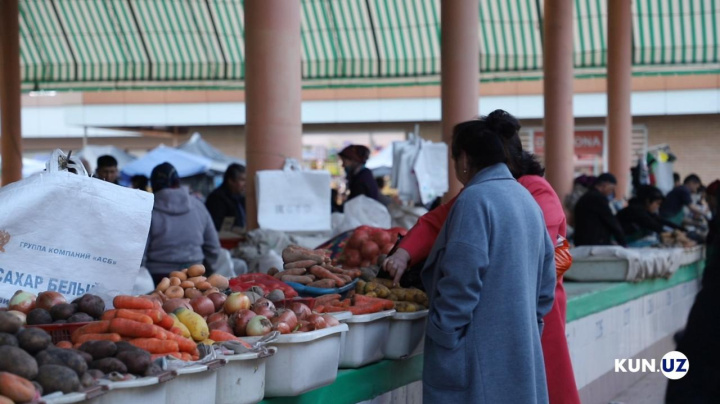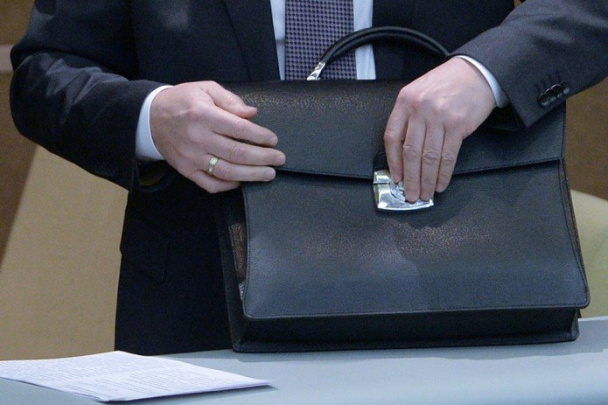The Central Bank of Uzbekistan has developed preliminary forecasts for the country’s balance of payments for 2025 under both baseline and alternative scenarios. This information is outlined in a brief review by the regulator, focusing on the balance of payments, investment position, and external debt.
Baseline scenario
In 2025, the Central Bank anticipates a slight slowdown in the economic growth of Uzbekistan's key trading partners. According to the IMF, China’s economy could grow by 4.5% (compared to 4.8% in 2024), Russia’s by 1.3% (3.6%), Turkey’s by 2.7% (3.6%), and Kazakhstan’s by 4.6% (3.5%).
Amid global geopolitical tensions and economic uncertainty, the regulator predicts that prices for certain precious and non-precious metals (gold, silver, copper, uranium) will remain relatively high and stable.
Additionally, after low global cotton prices in 2024, a slight increase is expected due to reduced global supply.
Thanks to ongoing reforms in tourism and IT, total exports are projected to increase by 9–11% in 2025 compared to 2024.
Meanwhile, imports may rise by 8–10%, driven by GDP growth of 5.5–6%. This growth will increase imports of machinery and equipment, vehicles, petroleum products, food, and raw materials. Government plans to reduce the budget deficit also contribute to this trend.
Positive trends in labor migration observed this year—such as increased economic activity and wages in countries hosting migrants and a growing share of high-income countries in the migration geography—are expected to continue in 2025. This will ensure a 10–12% increase in international remittances to Uzbekistan.
Gradual easing of global financial conditions and lower interest rates will reduce the costs of servicing loans and credits obtained from non-residents at floating rates.
For 2025, an 8–10% increase in the positive balance of primary and secondary income components is forecasted compared to 2024, which will help offset the trade balance deficit.
Preliminary analysis by the Central Bank suggests that by the end of 2025, the current account deficit of the balance of payments is expected to be around 5–6.5% of GDP.
The current account deficit will be financed by net inflows of foreign direct investments (expected investments in energy, mining, chemical industries, engineering, textiles, and the banking and financial sector), portfolio investments (placement of new Eurobonds in international capital markets), and external borrowings.
Alternative scenario
Under the alternative scenario, the Central Bank forecasts a current account deficit of 6.5–8% of GDP by the end of 2025.
Factors that could influence the balance of payments include:
- Increased geopolitical tensions and fragmentation in international trade, which could reduce the economic activity of Uzbekistan's key trading partners and decrease external demand;
- A drop in global prices for major export commodities, such as precious and non-precious metals, cotton, and food products;
- Rising global inflation and continued tight monetary policy, leading to higher external debt servicing costs and reduced foreign investment inflows.
A decline in cross-border remittances due to heightened exchange rate volatility in countries hosting migrant workers and disruptions in payment systems caused by stricter international sanctions.
Additionally, increased aggregate demand from growing consumer spending and investment activity could lead to higher import volumes of machinery and equipment, vehicles (large goods within public and private investment projects), energy resources, and other raw materials.






